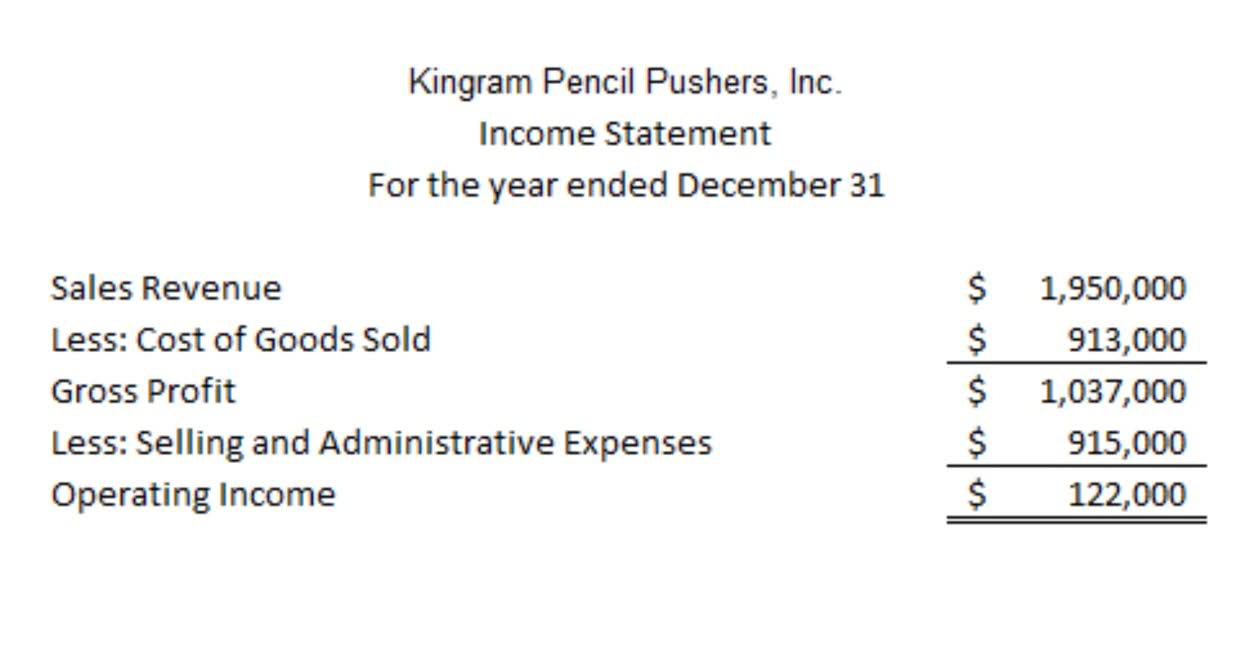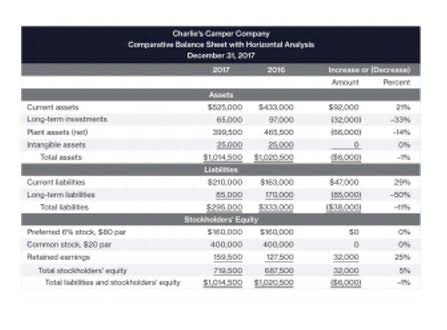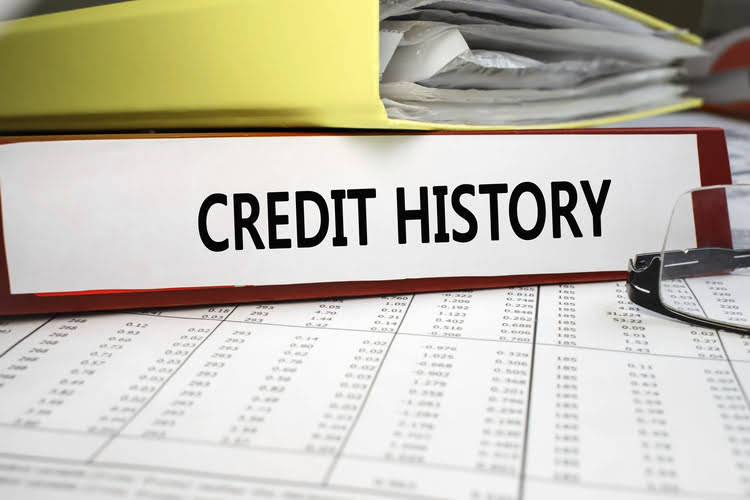
By cultivating efficiency, mitigating financial risk and supporting strategic planning, they serve as an indispensable tool in the pursuit of a more sustainable future. However, like any financial tool, control accounts also come with their potential limitations and complexities. In essence, control accounts are an essential tool for any business firm looking to Interior Design Bookkeeping effectively manage its finances and meet external regulatory demands. Hence, we have reconciled the control account and receivable balance in the general ledger. Now, we are confident in the accuracy of the receivable balance and can be used to form a financial statement.

What is a Control Account in Accounting?

Among the variety of control accounts available, some of the most commonly utilized include Accounts Receivable, Accounts Payable, and Inventory Control. The only real issue with a control account is that it forces anyone investigating a transaction to shift down to the referenced ledger to find the transaction in question. This can slightly increase the time required to investigate a transaction, but it is not a critical concern.
Company

It is not a good idea for the person in charge of your general accounts to also be in charge of your control accounts. For instance, if the sum of all customer balances in the subsidiary ledger is £70,000, but the Accounts Receivable Control Account shows £72,000, then there is a discrepancy somewhere that needs investigating. For example, an accountancy training provider enrolls 20 individual customers and invoices them £2,000 each for the course. Control accounts consolidate multiple transactional information into convenient, high-level summaries, which makes it much easier to evaluate and interpret financial data. These two columns in the control account record the value of the transaction. If the account is being debited, the amount is entered into the debit column.
- Control accounts are a useful, important and commonly used process that provides a good overview of the accuracy of ledger accounts.
- To ensure accuracy of the ending balance for accounts receivables, we obtain accumulated figures for the credit sales, cash received, sales return, and discount allowed to construct the control account.
- A sub-ledger contains details of those transactions, while a control account keeps track of the balance.
- A company’s unique profile determines the types and numbers of control accounts, including accounts payable and accounts receivable.
- For example, all payables entered on one given day will be collected from the subsidiary ledger and recorded a summary on the accounts payable control account.
- Control accounts follow the principle of double-entry bookkeeping, thus ensuring that for every financial transaction recorded, there’s a corresponding counter entry.
Control Account Limitations

They still need to have the correct financial information needed to prepare the company’s financial statements. Control accounts are clean entries that match overall amounts in more detailed ledgers. Lastly, it’s worth noting that control accounts have a somewhat limited scope. They are primarily designed to consolidate and validate transactions for specific types of accounts like accounts payable or receivable, not all transactions within an organization. As such, control accounts alone cannot provide a comprehensive overview of an organization’s overall financial status. When transactions occur, they are recorded in the control account based on whether they are a debit or a credit transaction.
With accounting software, the process of creating control accounts and subledgers can be simplified. With accurate and up-to-date control accounts, management can make informed decisions about credit policies, inventory management, and cash flow. Next, the accounts receivable control account will be updated again retained earnings to reflect the new transaction. The accounts receivable control account would also be updated to reflect this transaction. When transactions occur in subsidiary accounts, corresponding entries are made in the control account.

Subsidiary Ledgers and Control Accounts
- You don’t want the person in control of your general accounts in control of the control accounts, as well.
- Please see our full range of services from customer facing activities, back office business support services and IT services and software solutions.
- They still need to have the correct financial information needed to prepare the company’s financial statements.
- For more details regarding each of these subjects, you’ll have your subsidiary ledger.
- The people who would monitor these accounts are called control account managers.
- The check and the bank statement are both source documents in relation to the cash receipt transaction.
- Control accounts are most commonly used to summarize accounts payable and accounts receivable as these tend to contain a lot of transactions.
Our website services, content, and products are for informational purposes only. The word reconciliation actually comes from reconcile, which means to make two amounts agree in value. Its bespoke reporting tools allow clients to generate extensive management information reports with the ability to view, print and export in most common formats. Our team of pros controlling account will set everything up and import your employees’ information for you.
